Uncovering secrets of the Mariana Trench
Scientists have discovered that the true extent of the deepest parts of our oceans may be far larger than they previously thought.
31/03/2021 By BGS Press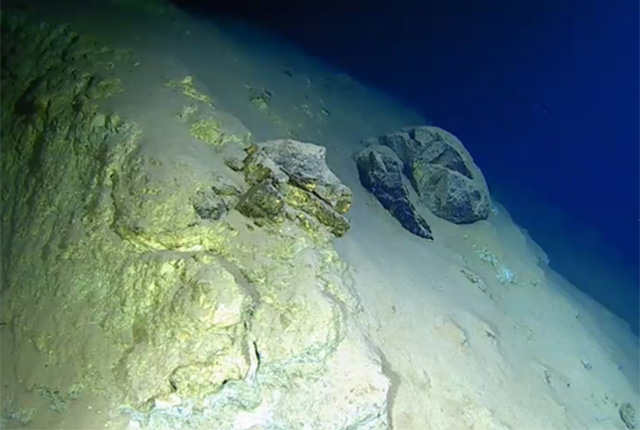
The deepest parts of our oceans, the region between 6000 and 11 0000 m depth, is known as the hadal zone, and it represents some of the most active and diverse marine habitat on Earth.
Many studies of the hadal zone focus on the conspicuous, gigantic trenches formed by shifting tectonic plates, known as subduction zones. Each of these trenches was thought to represent isolated environments, separated from each other by areas of much shallower water depths.
For decades, researchers studying the hadal zone have had to cope with the technical challenges of working at such great depth. This means understanding of these traditionally difficult to study regions has lagged behind the overlying, shallower water ecosystems. New technologies are changing this imbalance, and there are now more opportunities to explore and study the planet’s most extreme environment; the hadal zone included.
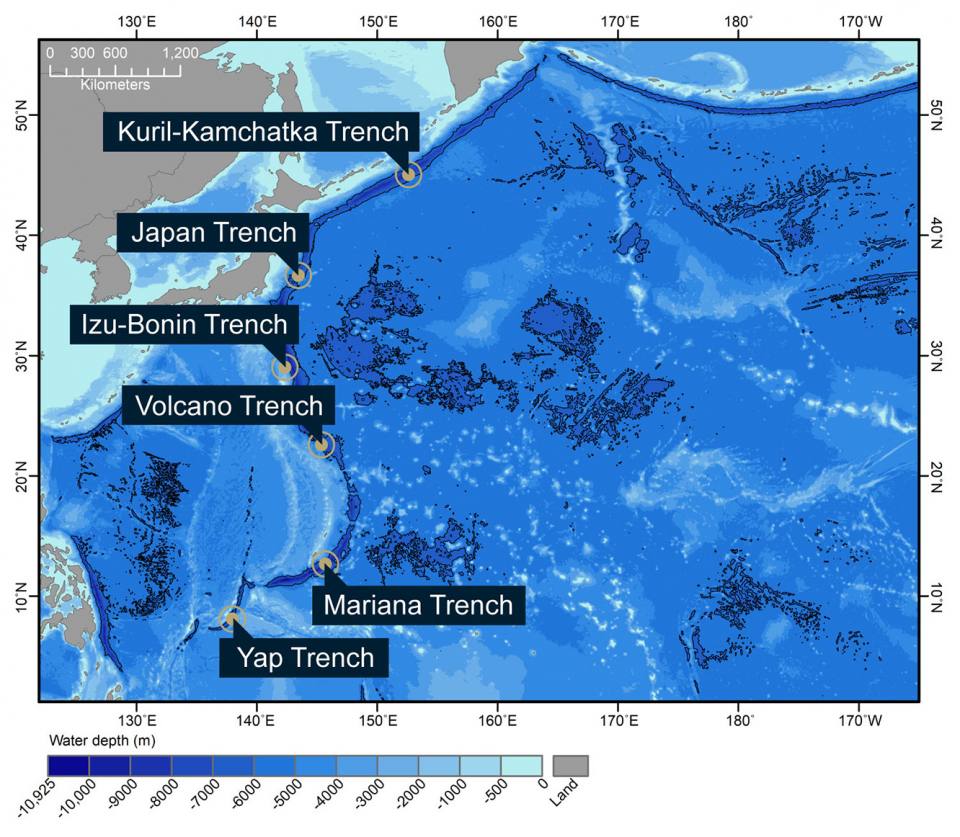
Figure 1: Hadal zones of the Northwest Pacific Ocean. Bathymetry data were obtained from the Global Multi-Resolution Topography Synthesis (Ryan et al. 2009) – click to expand
Understanding more about these deep oceans — some of the most remote and inaccessible habitats on Earth — is crucial for the regulation of global climate and for our understanding of biogeochemical cycles. They provide insights into hazards from submarine landslides and large earthquakes, and will provide invaluable baseline data as human exploration for raw materials ventures into ever deeper waters.
In a recently published study, ‘Hadal zones of the North-west Pacific Ocean‘, led by Newcastle University in collaboration with BGS, scientists attempted to evaluate the true extent of the deepest marine ecosystem by focusing on the North-west Pacific Ocean.
A number of large, subduction trenches are located here, including the deepest point on Earth (Challenger Deep) in the Mariana Trench, a crescent-shaped, 2550 km-long subduction zone that includes the Volcano Trench. At 10 925 m deep, it would immerse Mount Everest with still more water above it and could house 34 Eiffel Towers stacked on top of each other.
Whilst subduction trenches, like those that make up the Pacific ‘Ring of Fire’, are obvious hadal ecosystems, this study explored other geological features such as fracture zones and broad ocean basins. These features, although numerous, are less prominent and are often overlooked.
By evaluating the frequency and distribution of these lesser-known smaller features, the researchers conclude that, in the North-west Pacific, the total hadal area is four times larger than that of trenches alone — roughly equivalent to the size of Alaska, Texas and Montana combined.
In fact, it makes up a staggering 2 793 011 km2; an area considerably larger than the 686 114 km2 accounted for by subduction trenches alone.
Having previously thought the Mariana Trench to be one continuous hadal habitat, the scientists discovered it is in fact five isolated areas, with the most northern being what Russian scientists used to call the Volcano Trench.
The study went on to identify that there are no physical partitions either north or south of the Japan Trench to isolate it from the neighbouring Kuril-Kamchatka or Izu-Bonin trenches, and so it can be concluded that it forms one continuous hadal habitat.
The Mariana-Volcano chain of trenches is more complex than expected. This study proves that there are actually four topographic highs that partition the hadal areas of this subduction zone within what has previously been considered by some to be a single feature.
From a habitat perspective, it means there are five physically isolated hadal habitats making up the Mariana-Volcano complex, which means that the genetic flow between hadal populations of species endemic to these extreme depths will be limited.
This means that hadal depths represent a diversity of species, each potentially carrying hidden secrets that will be important for us to discover and learn from.
Heather Stewart, BGS Marine Geologist and co-author of the study.
The study also revealed that the Yap Trench actually comprises two separate hadal areas.
However, the Izu-Bonin, Japan and Kuril-Kamchatka trenches lack a biologically significant shallow-water divide. These three trenches seem to represent one continuous hadal corridor.
Aside from advancing geological understanding, scientists are particularly interested in these findings from a biological perspective. They are especially keen to understand whether geographically isolated populations may have reduced levels of gene flow between them, causing them to diverge morphologically.
By studying the geomorphology, or shape, of the sea floor, we have revealed which trenches form continuous hadal habitats and which are completely isolated from each other. When you include the previously overlooked hadal areas located away from these subduction zones, the total hadal ecosystem is potentially massive.
Heather Stewart.
In the most recent studies, two main organisms have been used to study hadal endemism: amphipods and fishes.
Amphipods are typically collected consistently in large numbers using baited traps whilst fish are more often observed on baited cameras.
Current theories suggest that most amphipods form isolated populations cannot readily cross abyssal partitions.
With a few rare exceptions, this is also believed to be the case for dominant fish species sampled from depths below 6000 m.
This would explain why some trenches are host to species endemic to that area and why we sometimes see populations evolve to become distinct species between neighbouring trenches, something which is more pronounced with increasing distance between trenches.
These studies highlight that, whilst non-subduction features are an overlooked minor fraction of the total hadal area, they are essential to our understanding of the ecological and evolutionary dynamics across the hadal zone.
Alan Jamieson, marine biologist at Newcastle University and lead author of the study.
One thing our scientists know for certain is that their continued efforts to study seabed geomorphology is crucial to understanding the connectivity between hadal zones.
And we should continue to explore the mysteries of these hadal depths, because our relationship with even the deepest reaches of our maritime environment underpins life on earth.
Media Contact:
Hannah Pole, British Geological Survey Press Office
hapo@bgs.ac.uk | 07565 297 132
Available for interview – (inc. phone or Zoom)
Alan J Jamieson – Newcastle University
Heather Stewart – British Geological Survey
Notes to Editors:
Link to full study, Hadal zones of the Northwest Pacific Ocean: https://www.sciencedirect.com/science/article/pii/S0079661120302123?via%3Dihub
Further studies
- Amphipods from the Wallaby-Zenith Fracture Zone, Indian Ocean: new genus and two new species identified by integrative taxonomy: https://www.tandfonline.com/doi/full/10.1080/14772000.2020.1729891
Jamieson and Stewart collaborate with an international team of experts led by Newcastle University to examine the ecology of the hadal zones in the Wallaby-Zenith Fracture Zone, a complex structure off Western Australia in the Indian Ocean.
Using baited landers, they assessed the amphipod distribution and community structure of lesser studied non-subduction fracture zones, troughs and basins and compared it to more prominent hadal subduction zones.
Eleven species were identified and the community composition was found to change gradually from abyssal to hadal depths, which contrasts with subduction trenches.
Such data indicates that some amphipods have far broader distributions than previously understood, with some species present in both hadal subduction trenches and non-subduction fracture zones and basins.
Non-subduction hadal environments contain characteristically hadal amphipod species but their ecology differs from subduction trenches. Future hadal research must focus on extending our sampling beyond subduction trenches to non-subduction habitats.
- Hadal trenches are dynamic hotspots for early diagenesis in the deep sea: https://www.nature.com/articles/s43247-020-00087-2
Jamieson and Stewart collaborate with an international team of experts led by Professor Ronnie Glud from the Center for Hadal Research at the University of Southern Denmark. In this study, the authors suggest deep ocean trenches are more dynamic and diverse biogeochemical environments than previously thought.Media Contact: Argiro Hay Baltzis, Center for Hadal Research at the University of Southern Denmark: ahb@dg.dk | +4527132764
British Geological Survey
The British Geological Survey (BGS) is a world leading applied geoscience research centre that is part of UK Research and Innovation (UKRI) and affiliated to the Natural Environment Research Council (NERC). BGS core science provides objective and authoritative geoscientific data, information and knowledge to inform UK Government on the opportunities and challenges of the subsurface. It undertakes national and public good research to understand earth and environmental processes in the UK and globally. BGS works with more than 150 private sector organisations, has close links to 40 universities and sponsors about 100 PhD students each year. See www.bgs.ac.uk.
Relative topics
Related news
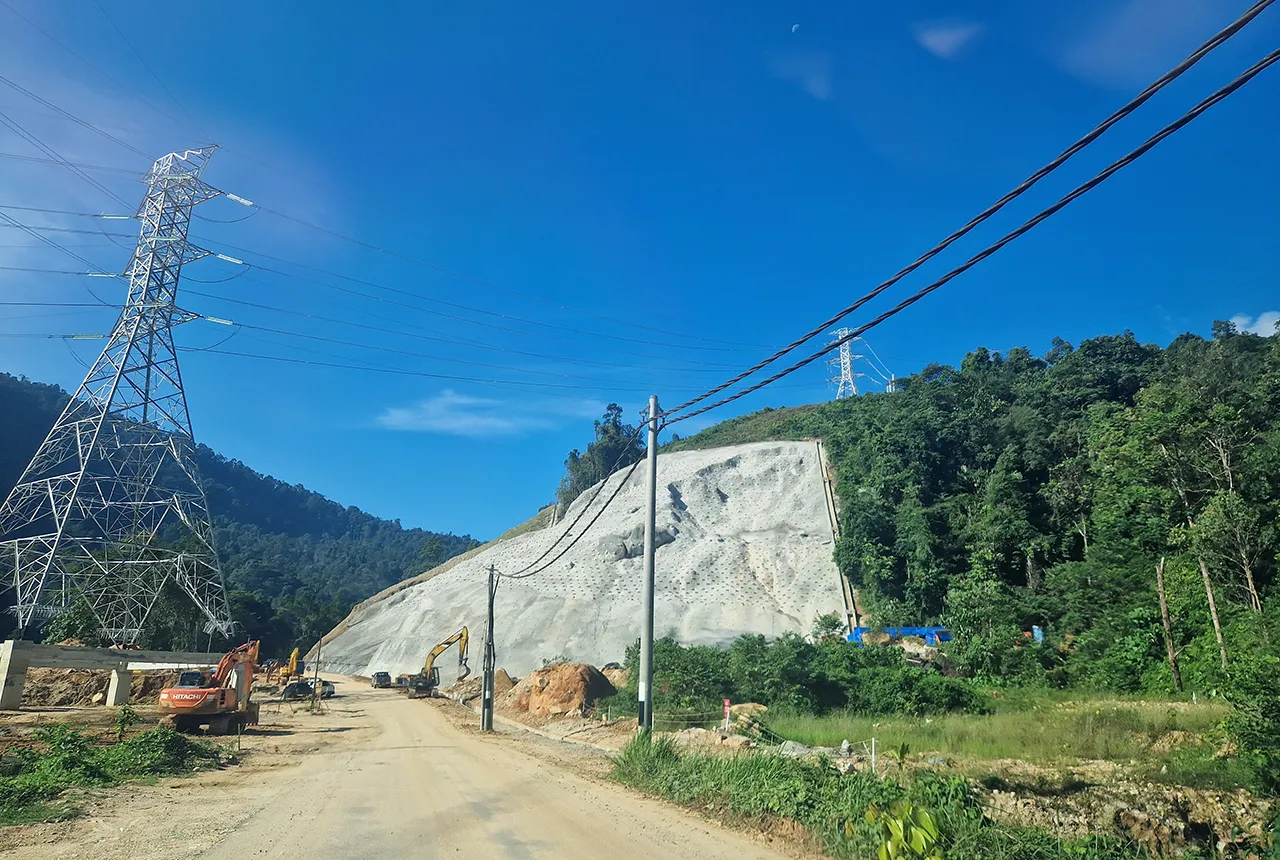
BGS awarded funding to support Malaysia’s climate resilience plan
17/12/2025
The project, funded by the Foreign, Commonwealth & Development Office, will focus on minimising economic and social impacts from rainfall-induced landslides.
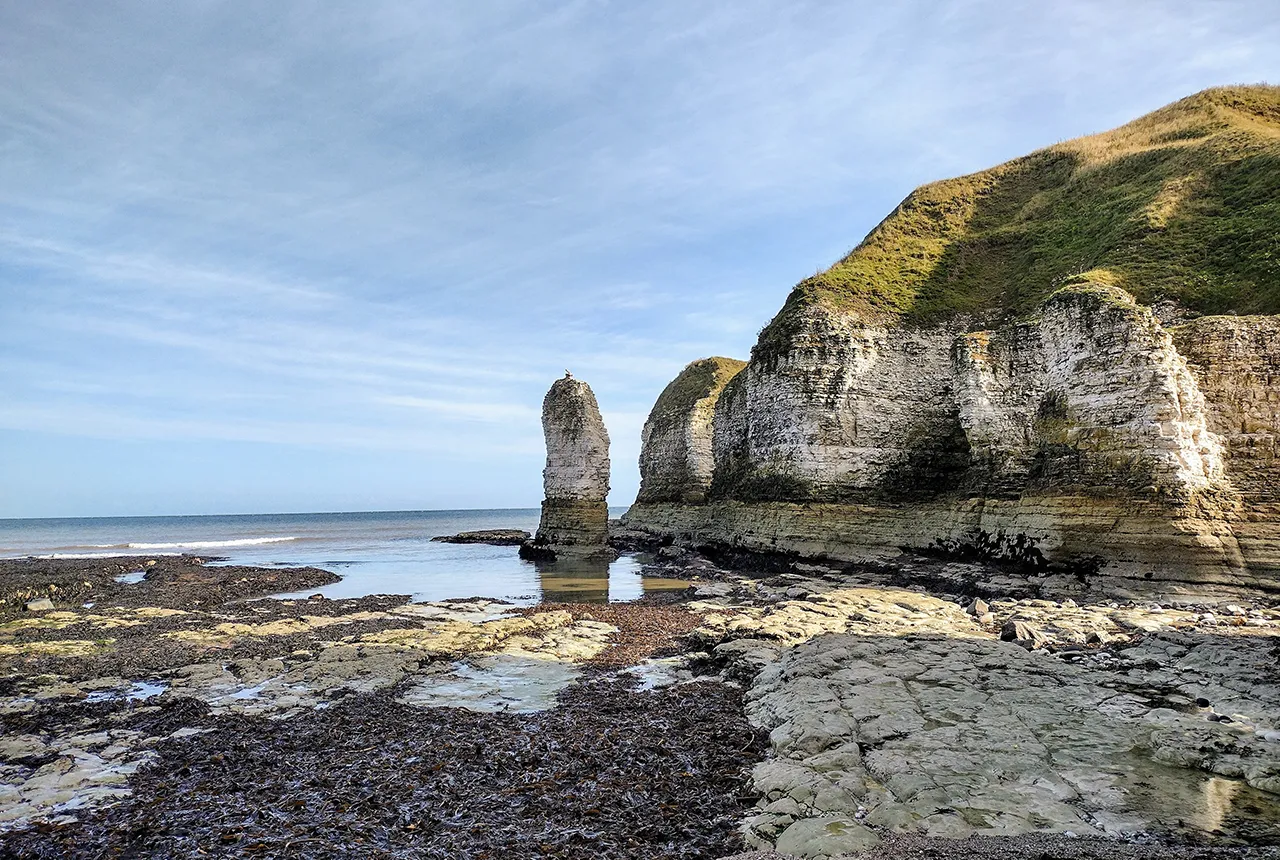
New geological maps of the Yorkshire Wolds to better inform groundwater management and policy decisions
17/12/2025
The new mapping provides crucial data on localised geological issues that may assist in protecting water supplies.
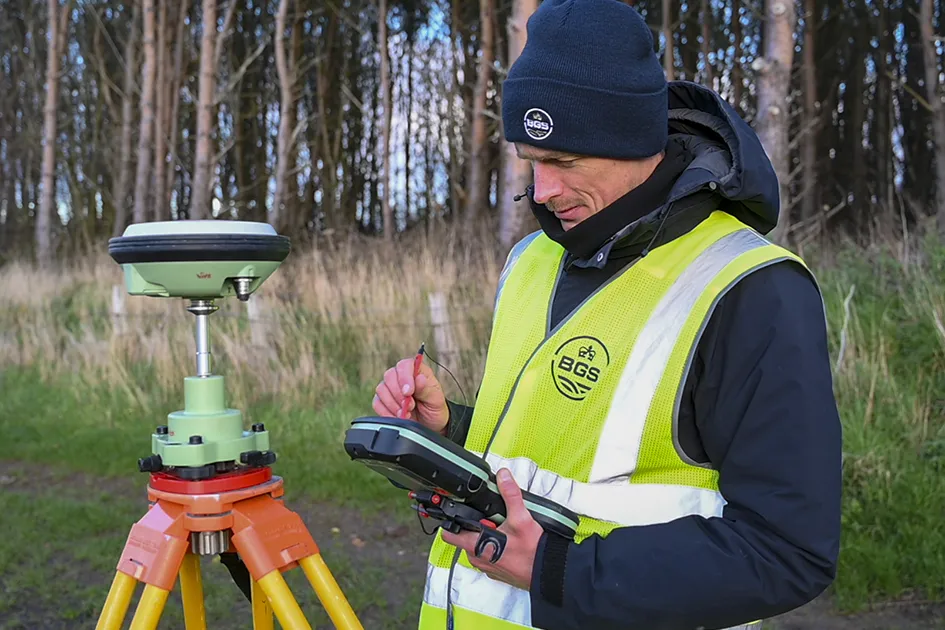
‘Three norths’ set to leave England and not return for hundreds of years
12/12/2025
The historic alignment of true, magnetic, and grid north is set to leave England, three years after they combined in the country for the first time since records began.

BGS agrees to establish collaboration framework with Ukrainian government
11/12/2025
The partnership will focus on joint research and data exchange opportunities with Ukrainian colleagues.

Making research matter: BGS joins leading research organisations in new national initiative
10/12/2025
A new alliance of 35 organisations has been formed that is dedicated to advancing science for the benefit of people, communities, the economy and national priorities.

New 3D model to help mitigate groundwater flooding
08/12/2025
BGS has released a 3D geological model of Gateshead to enhance understanding of groundwater and improve the response to flooding.
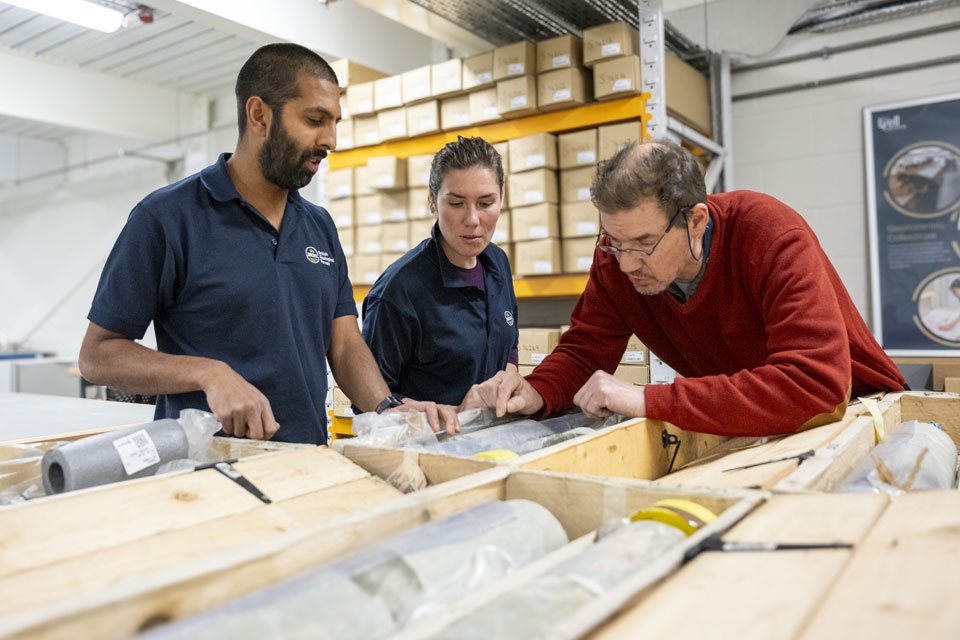
Scientists gain access to ‘once in a lifetime’ core from Great Glen Fault
01/12/2025
The geological core provides a cross-section through the UK’s largest fault zone, offering a rare insight into the formation of the Scottish Highlands.
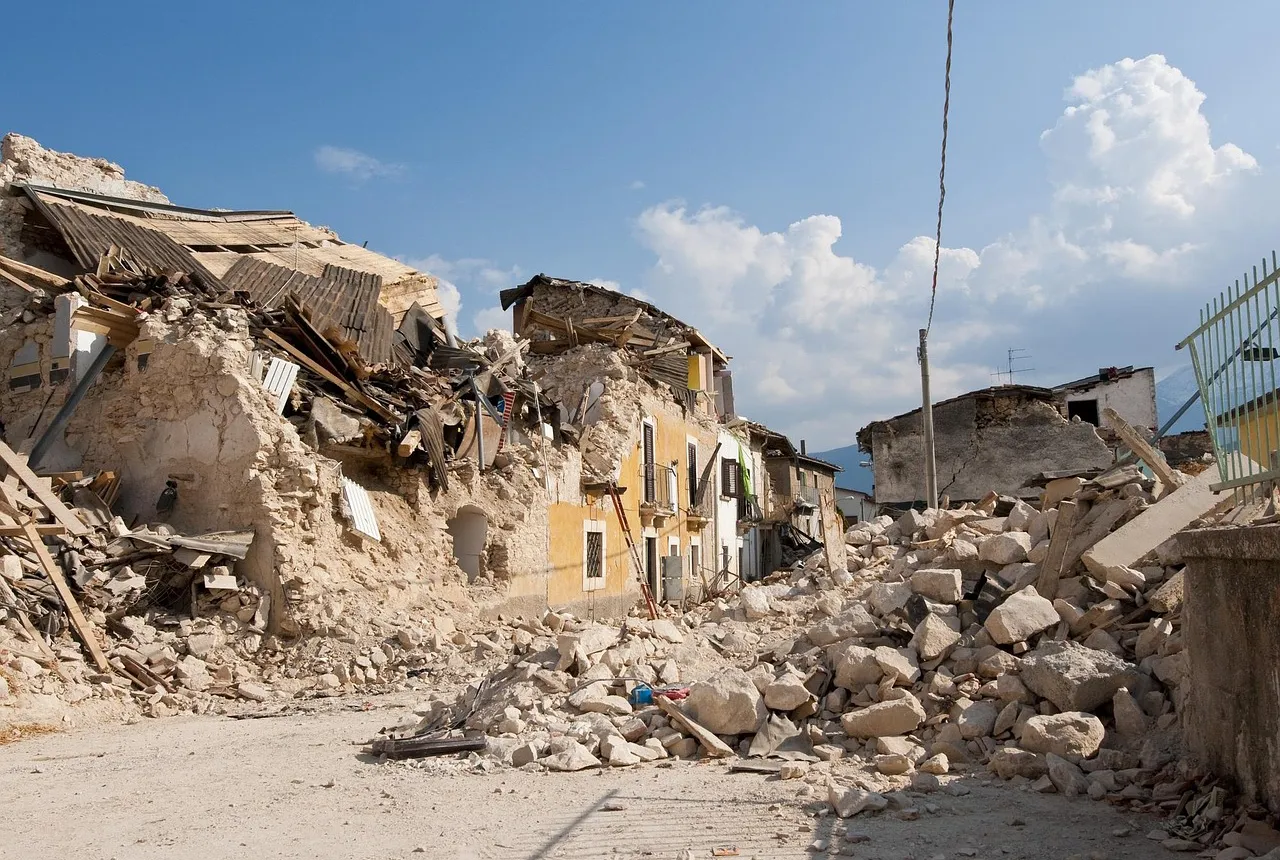
New research shows artificial intelligence earthquake tools forecast aftershock risk in seconds
25/11/2025
Researchers from BGS and the universities of Edinburgh and Padua created the forecasting tools, which were trained on real earthquakes around the world.
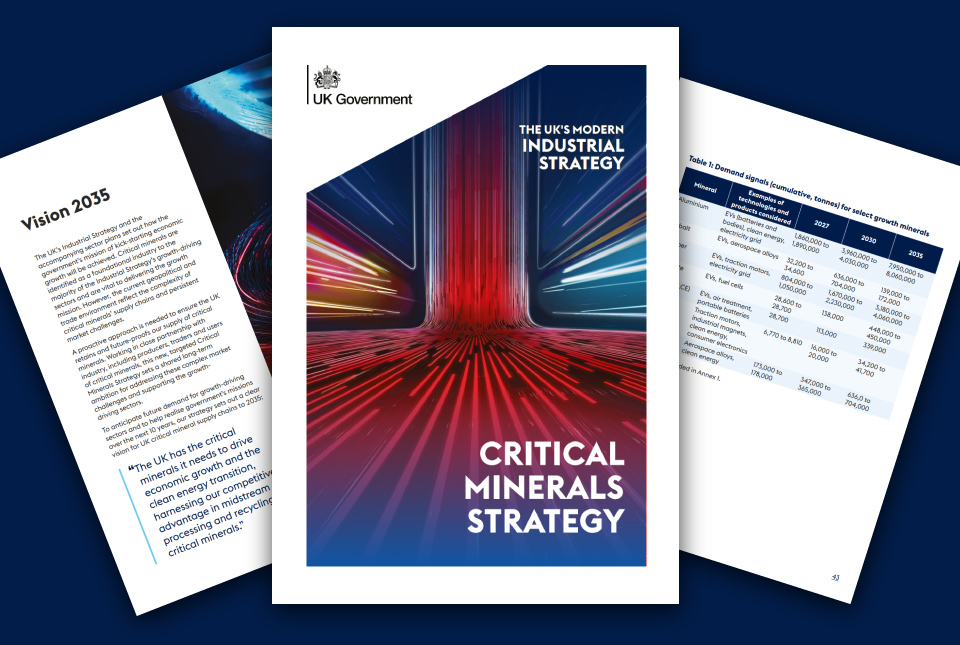
BGS welcomes publication of the UK Critical Minerals Strategy
23/11/2025
A clear strategic vision for the UK is crucial to secure the country’s long-term critical mineral supply chains and drive forward the Government’s economic growth agenda.

New funding awarded for UK geological storage research
21/11/2025
A project that aims to investigate the UK’s subsurface resource to support net zero has been awarded funding and is due to begin its research.

UK braced for what could be the largest solar storm in over two decades
12/11/2025
Intense geomagnetic activity could disrupt technology such as communication systems, global positioning systems and satellite orbits.
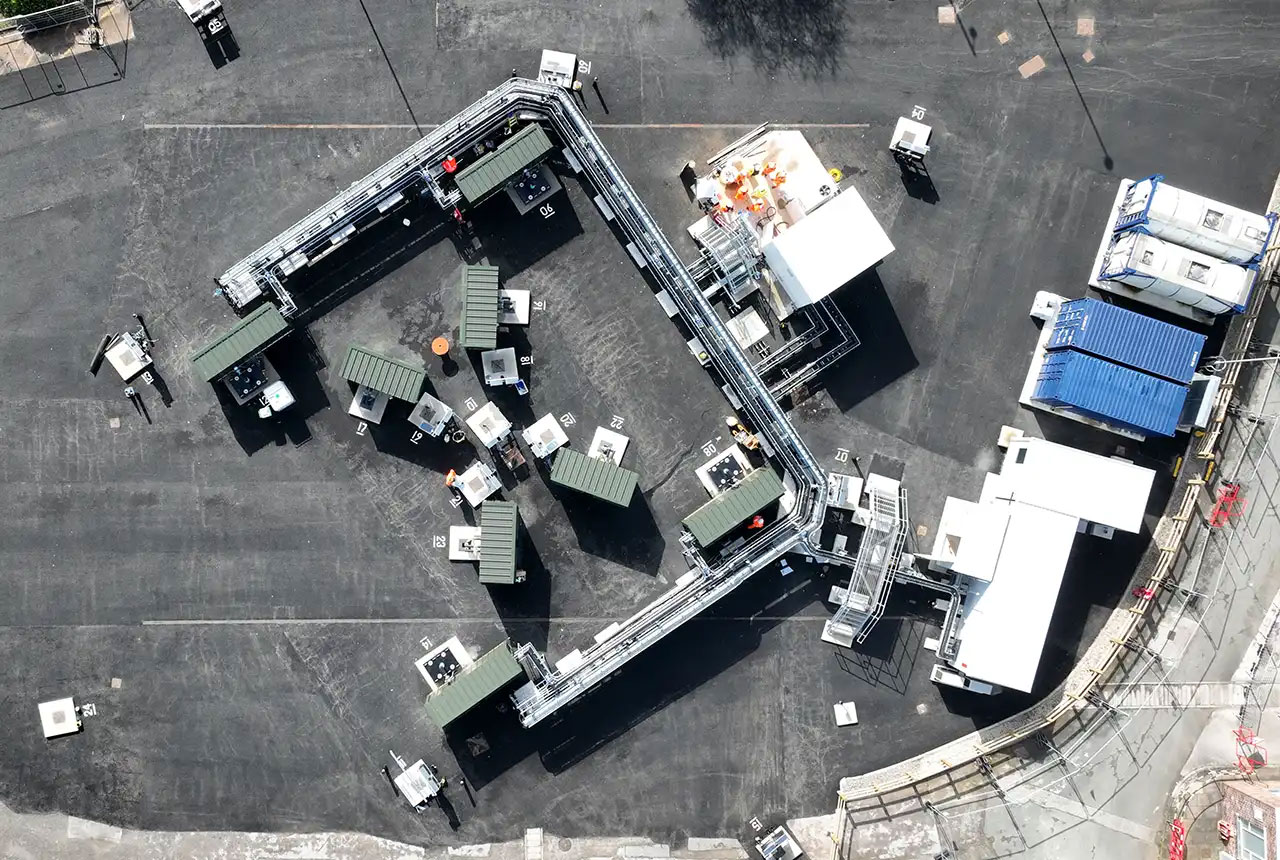
First distributed acoustic sensing survey completed at UK Geoenergy Observatory
12/11/2025
New research at the Cheshire Observatory has shown the potential for mapping thermal changes in the subsurface using sound waves.




